
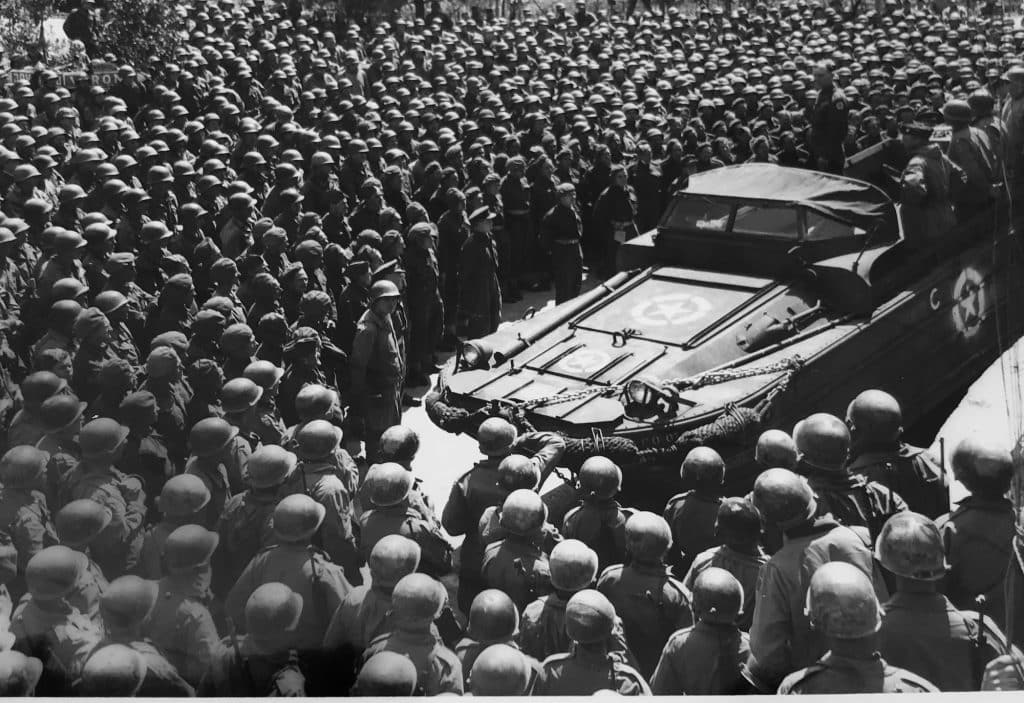
Special to the Daily
The 10th Mountain Division’s final battle of World War II took place 75 years ago during the late days of April near Lake Garda in northern Italy.
Coincidentally, during this quarantine period, I have been working diligently on editing a documentary about the 10th Mountain Division. The timeline of my edit and the reality of what took place 75 years ago have been in sync with one another. This has not been by design, but more by the strange force that has been driving me to take on and complete this project. As I state in the opening of the documentary, “great stories find a storyteller and won’t let them go.”
For example, on Feb. 18, I completed a rough cut edit of the battles of Riva Ridge and Belvedere the same week as those conflicts took place 75 years ago. I have literally been living through journals and archive footage of events exactly 75 years later.
This past week, it’s very much the same. As I do my research, script my words and find the visuals to build the story about what the 10th Mountain Division went through 75 years ago, I realized how in line I am with what took place 75 years ago. At the time, 10th Mountain Division troops were fighting their way through the Po Valley in northern Italy, liberating town after town and chasing the Germans North. The Germans eventually held up and rooted themselves in at the north end of Lake Garda. The geography and pre-established headquarters in the towns of Torbole and Riva Del Garda provided the perfect scenario for them to establish and hold a very strong defensive position.

Support Local Journalism
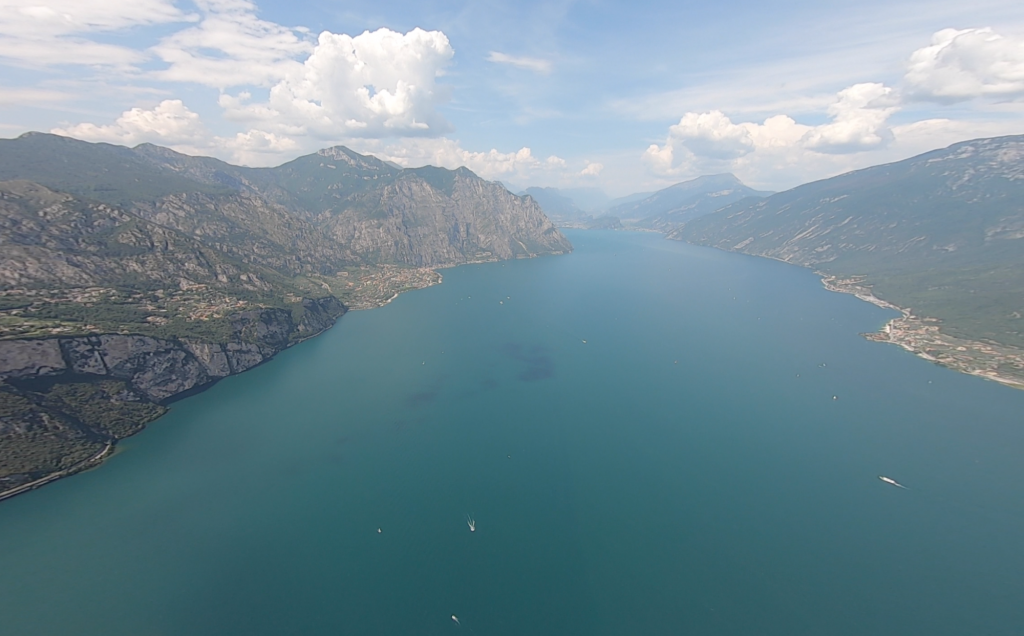
Special to the Daily
A different kind of fight
This April, we are presently in the midst of a very different type of war against a silent virus killer that has called upon us to respond to this world crisis much differently than the last world war 75 years ago.
During WWII, American men and women were asked to leave home, many as teenagers, and put their lives on the line in a war against tyranny — 99% of it fought on foreign soil or water. Presently, we have been asked and, in some states ordered, to basically stay at home, don’t work, don’t party, don’t take part in events, don’t walk in parks, or on trails, don’t travel, and on and on.
Ironically, we have been asked to give up our freedoms in trade for our safety. I don’t believe this is easy for most Americans. They want to take their enemy head-on and fight for it. Especially when it comes to protecting freedom. It is that personality that the troops of the 10th Mountain Division exemplified during their time in combat late in WWII.
The final push
By April 27, 1945, the United States’ 10th Mountain Division had accomplished amazing offensive achievements through Italy. But not without loss. During their time in actual combat, members of the 10th suffered a higher causality and injury rate than other units during the war. Their tenacity came from a very special place, fueled by morale that was unmatched by any other division in the war.
The 10th Mountain Division had just arrived in the small Italian village Navene on the east side of the Lake Garda, a few miles south of the German-controlled towns of Torbole and Riva Del Garda. Separating them from the Germans’ final stronghold were several tunnels, mountains, and a body of water. In most cases, an occupying army with those geographical advantages would hold its location indefinitely.

Special to the Daily
It was rumored that in the town of Riva Del Garda the Germans, led by some of the top scientists in the world, had been developing futuristic weaponry in one of the many tunnels — long-range missiles, new types of submarine engines along with new aircraft engines.
The number of resources Adolf Hitler put into the development of new technology in order to maintain world domination was to a level I’m discovering was beyond what could even be imagined at that time. One thing was clear: The higher-ups in the ranks of the Allied forces knew it was very important to take control of Riva Del Garda — even though Germany’s empire was falling everywhere. And now the Allies had an incredible fighting unit sitting on the doorsteps of Riva Del Garda.
Across the lake from Navene on the west shore stood Benito Mussolini’s compound protected by German soldiers. Hitler was keeping the fallen Italian dictator in a glorified prison on the shores of Lake Garda.

Special to the Daily
All in all, the Lake Garda region had become a high priority target and needed to be taken as quickly as possible.
Facing a stacked deck
Before they were allowed to rest, the men of the 10th were given their new orders. They would be moving out early the morning of April 29 with the target of taking the towns of Torbole and then Riva Del Garda. At 1 a.m. that night, they would also launch an assault on Mussolini’s compound across the lake.
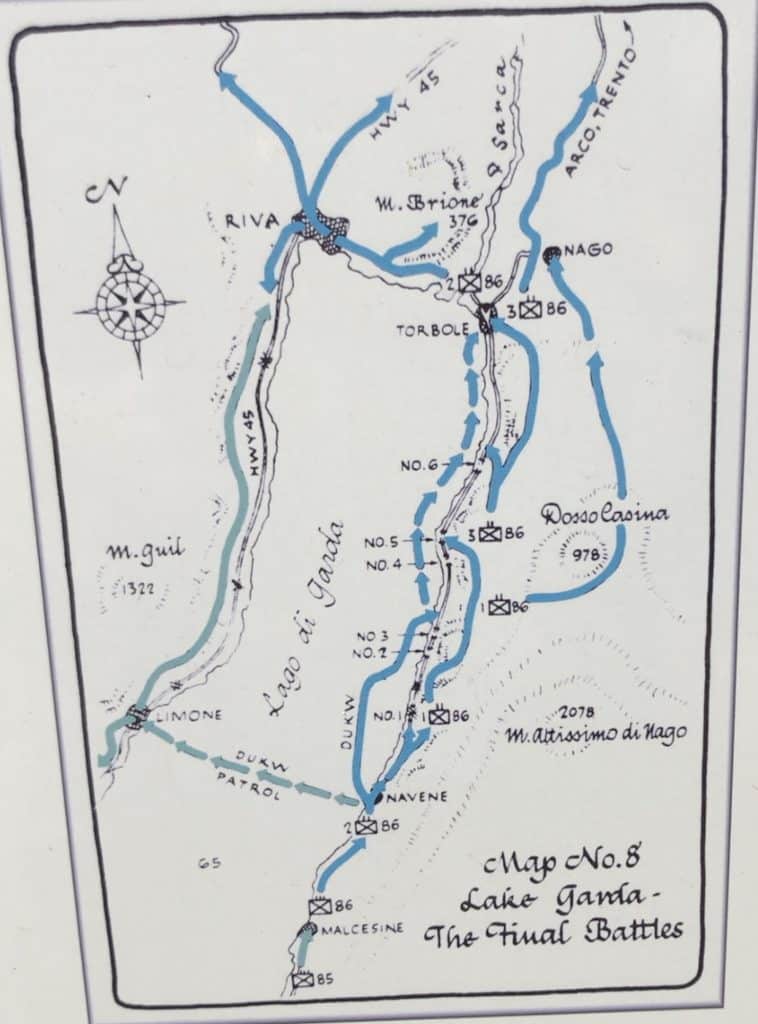
Special to the Daily
The town of Torbole and Lada Del Garda were separated by a thousand-foot tall razorback mountain called Monte Brione.
Monte Brione was lined with German lookouts and gun nests. From Monte Brione the Germans could see everything. This included the highway and its tunnels coming into Torbole, plus the entire lake. They were also able to observe any activity on any surrounding mountains. From Monte Brione, the Germans could fire upon the enemy with accuracy miles away.
Once again, the 10th Mountain Division’s troops, just like in the battles of Riva Ridge and Belvedere, had the deck very much stacked against them for any success.
The division would split up into several groups. Some soldiers would go over the mountains and try to flank the town of Torbole while others would stay to the highway and try to move through the tunnels directly into Torbole while being shelled, shot at by snipers and avoiding booby traps and ambushes along the tunneled route. Others men would leap around the tunnels with slow-moving amphibious vehicles called DUKWs out in open water while taking on shells.

Special to the Daily
The commanding general of the 10th Mountain Division was George Price Hays. Hays appointed Col. William Darby as the assistant commander to lead the operation.
From Navene into Torbole, a series of tunnels stood in the way. The 10th numbered them. No. 5 became known as the death tunnel.
When the 10th arrived, it was apparent an explosion went off in the tunnel. The Germans were trying to set a trap with explosives but one of the explosives prematurely detonated, killing over 40 Germans — some say as many as 90.
When the 10th arrived, between the rubble was bodies and arms with the tunnel only partially closed. The 10th’s soldiers found refuge there from the Germans’ fire on them. But one of the big guns on Monte Brione shot a rocket into No. 5 and killed seven 10th Mountain Division soldiers while wounding over 40.
The firefight into Torbole went well into the night. That night, back near the town of Navene, the 10th launched a DUKW filled with men to cross the lake and take Mussolini’s compound. They encountered zero resistance. The troops made it all the way into the unoccupied house and everything sat undisturbed and quiet. Finally, a local farmer told them that Mussolini had been captured the day prior by the Italian resistance movement, known as the partisans, and had been executed.
By sun-up on April 30, the 10th had captured the town of Torbole while the Germans held the neighboring town of Riva Del Garda. Col. Darby stepped outside the newly established headquarters in Torbole. A German shell fired from Monte Brione hit near Darby and killed him along with one other sergeant, Maj. John T. Evans.
That night, wanting to attack the Germans by surprise by water in the neighboring town of Riva Del Garda, several DUKWs left the Torbole harbor under darkness and took a deep route into the lake hidden from observation from Monte Brione. A storm moved in. One of the overloaded DUKWs engine flooded and the boat started taking on water. Within minutes, the DUKW sank into the icy water — and 25 of the 26 men died and are still missing in action.
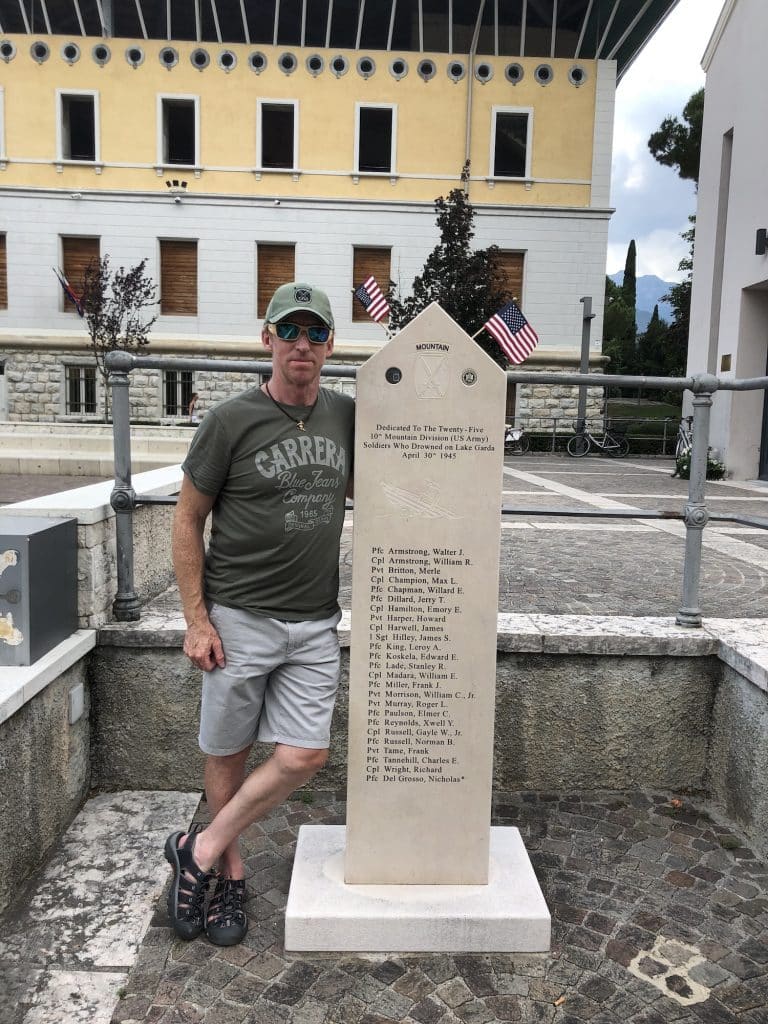
Chris Anthony | Special to the Daily
A couple of years ago, a privately-funded submarine went out into Lake Garda and found the DUKW on the lake’s bottom but no traces of any of the men. A memorial stands for them in Torbole.
A couple of days later, Germany completely weakened, surrendered the Italian campaign on May 2, 1945.
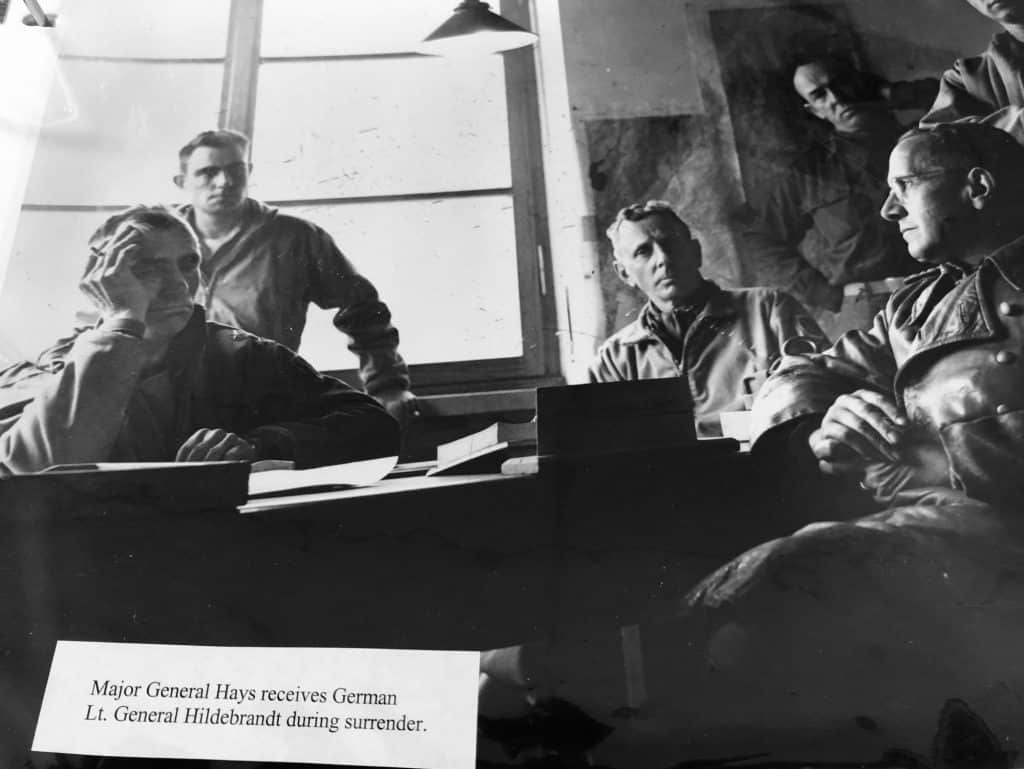
Special to the Daily
But the 10th was not finished yet. Thus the catalyst for my documentary, “Mission Mt. Mangart,” which is coming out this fall.
Longtime Vail Valley resident Chris Anthony has appeared in 28 Warren Miller films and was inducted into the Colorado Snowsports Hall of Fame in 2018. To follow his progress or contribute to this documentary, follow Anthony on his social media channels or visit http://www.chrisanthony.com.
